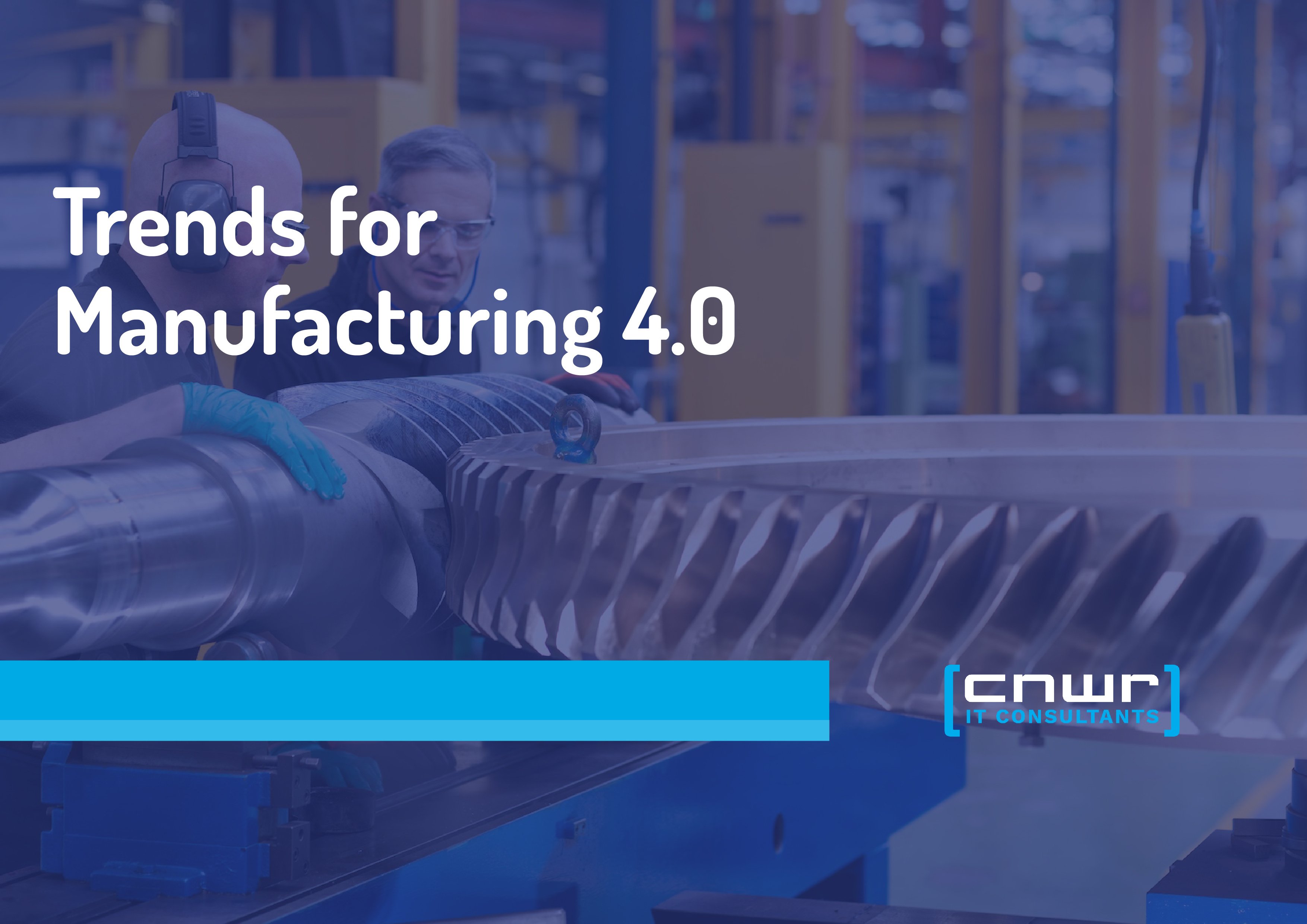As we look into the future of manufacturing, we can expect drastic changes influenced by technological advancements, automation, and digital transformation. We've outlined the top five manufacturing trends to watch in 2025 for manufacturing enterprises wanting to stay ahead of the curve.
Predictive Maintenance Powered by AI and Machine Learning
With the goal of minimizing downtime and extending the lifespan of machinery, manufacturers will increasingly adopt AI and machine learning for predictive maintenance. These technologies can analyze vast historical and real-time data from machinery sensors to detect patterns and anomalies that may indicate potential issues, thus allowing for proactive intervention.
Integrating Data from Various ERP Systems
Following an increase in mergers and acquisitions, manufacturers will likely tackle the challenge of harmonizing data from multiple ERPs. By establishing consistent data standards and definitions across all their ERPs, manufacturers can achieve a single source of truth, reduce redundancy, and increase data accuracy, leading to better decision-making.
Thus, manufacturing 4.0 will be shaped by these exciting trends, driven by integrating advanced technologies such as AI, machine learning, and IoT into fundamental manufacturing processes. Adopting these trends will help manufacturers optimize operations, reduce costs, and increase agility to navigate the ever-evolving market successfully.
Inventory Management Optimization
Effective inventory management will be paramount for operational efficiency. Utilizing IoT sensors and RFID technology, manufacturers will provide real-time tracking for inventory data, reducing stockouts and overstock situations. Advances in predictive analytics will also assist in forecasting demand trends and adjusting inventory levels proactively.
Digital Twin Technology
Digital twins, virtual replicas of physical assets or processes, will see increased adoption. They allow manufacturers to test scenarios, forecast nuances in the production process, and identify bottlenecks without disrupting production lines. Manufacturers can enhance their predictive abilities and operational efficiency by integrating digital twin technology with IoT and AI capabilities.


